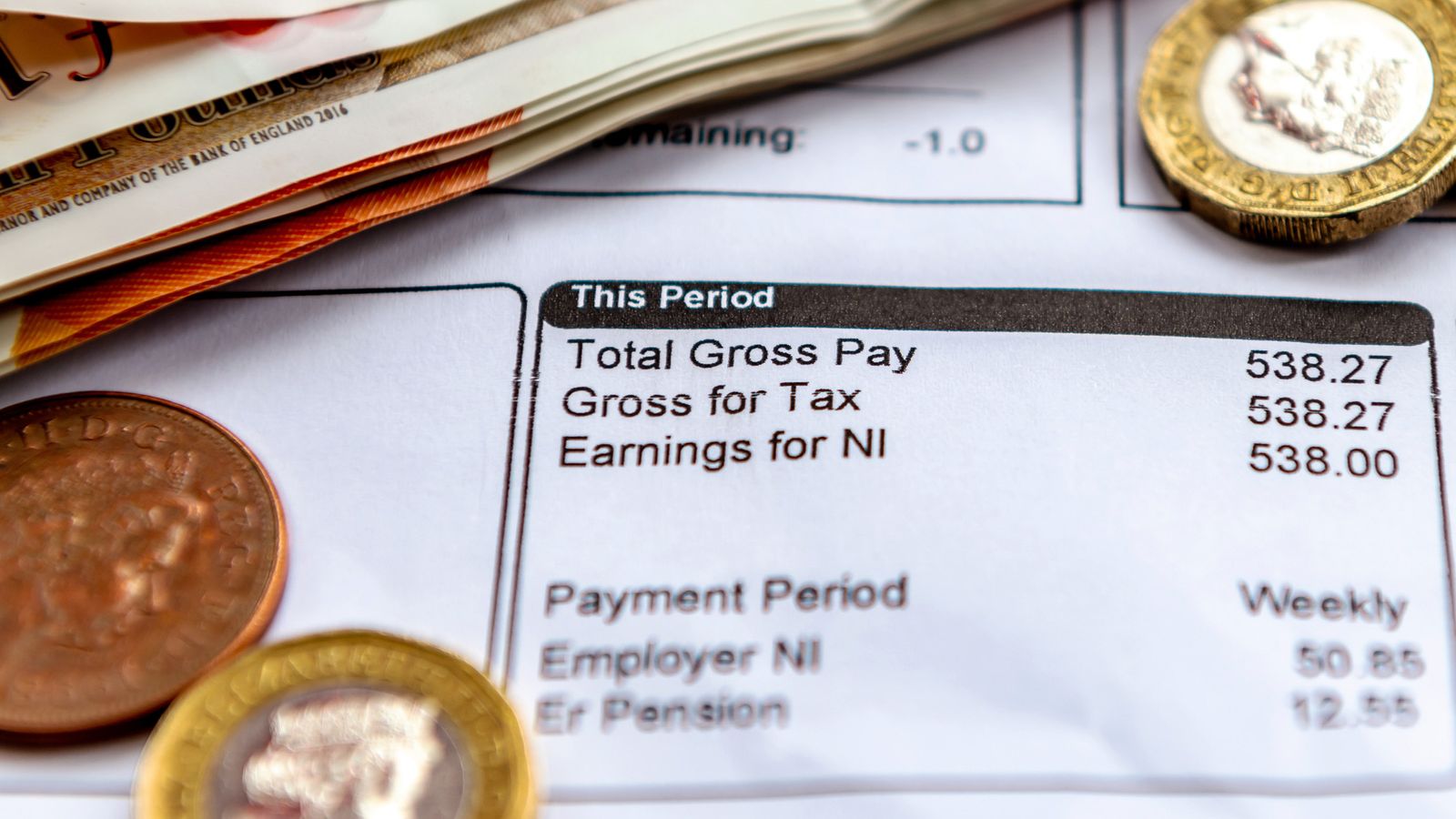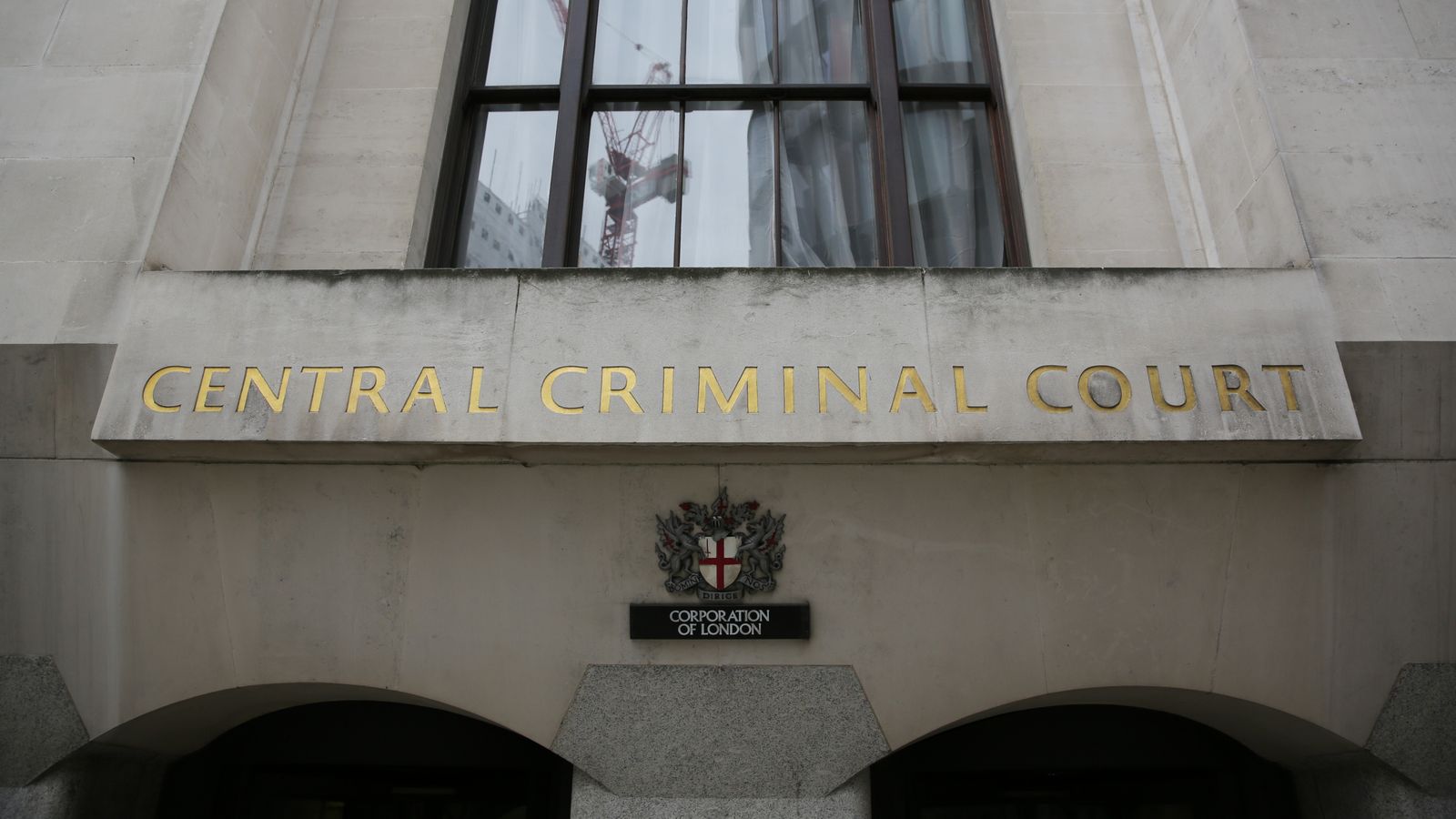The Institute for Fiscal Studies’ analysis that the UK’s tax burden is the largest since the Second World War puts into historical context what has been clear since Boris Johnson became prime minister.
Taxes have been rising sharply, either by stealth or declared policy, to keep up with election promises and demand for public services starved of investment during the previous decade.
Calculated as a share of GDP the tax take will have risen to 37% by the next election, a 4% increase since 2019 and a figure not seen since the 1940s.
By international standards, the UK taxpayer is not particularly heavily burdened. In Europe we pay more tax than Swiss and Irish citizens, but far less than the Germans, French and Scandinavian nations.
But historically this is a high, a reflection perhaps of the demands of an electorate that routinely says it wants to pay less tax (who doesn’t) but also wants high levels of public service.
While every one of the five Conservative chancellors since 2019 has consistently said they want to cut taxes they have done the opposite (with the exception of Kwasi Kwarteng, who was sacked and saw his plans abandoned three weeks after making them).
Increased government spending
The demands of tackling COVID-19 and the decision to bail out every household in Britain during the energy crisis have not helped keep a lid on spending and motivated some tax rises, but they are not, the IFS say, the largest drivers.
Rather it has been meeting pledges to spend more on the NHS, increase the number of police officers and so on, that have driven the tax take ever higher.
Rishi Sunak instituted many of the most significant while chancellor, and has rubber-stamped several more as prime minister. Corporation tax was increased from 19% to 25% this year, a measure announced by Sunak in 2021.
Please use Chrome browser for a more accessible video player
He was also responsible for the “stealth” element of our rising tax bills, the freezing of the thresholds for tax and National Insurance – the level at which we pay the various rates, which usually rise in line with inflation.
Wage inflation means many more people have been dragged into higher tax brackets, raising around £40bn for the exchequer, almost double the headline tax cuts announced at the last budget according to the IFS.
Windfall taxes on energy companies complete the set of measures that will amount to £100bn more in tax receipts than had the burden remained at the pre-2019 level of 33%.
The increases are also in large part a corrective to the austerity policies of David Cameron and George Osbourne, during which the UK tax take grew far less than in comparable economies also adjusting to the aftermath of the financial crash.
Be the first to get Breaking News
Install the Sky News app for free
Given the IFS measures the tax burden as a percentage of GDP, delivering growth would be a way of cutting the tax burden.
That was Liz Truss’ plan, though the execution crashed the bond market and international confidence in the UK.
Read more:
Rosebank won’t make enormous difference to economy – but politics are significant
Some good news
There was a sliver of a glimmer of good news on that front with the ONS upgrading GDP in the first quarter of this year, and all of 2022 by… 0.2%.
The current Chancellor Jeremy Hunt said the revision “proved the doubters wrong” but while it is of course welcome, it’s not enough to change the overarching narrative of stagnant economic progress in the last decade.
Even if growth were revised upwards by 2% next year, the IFS says it would still leave the tax burden at 36.6%, an increase of 3.5%, still the largest since the 1940s.











